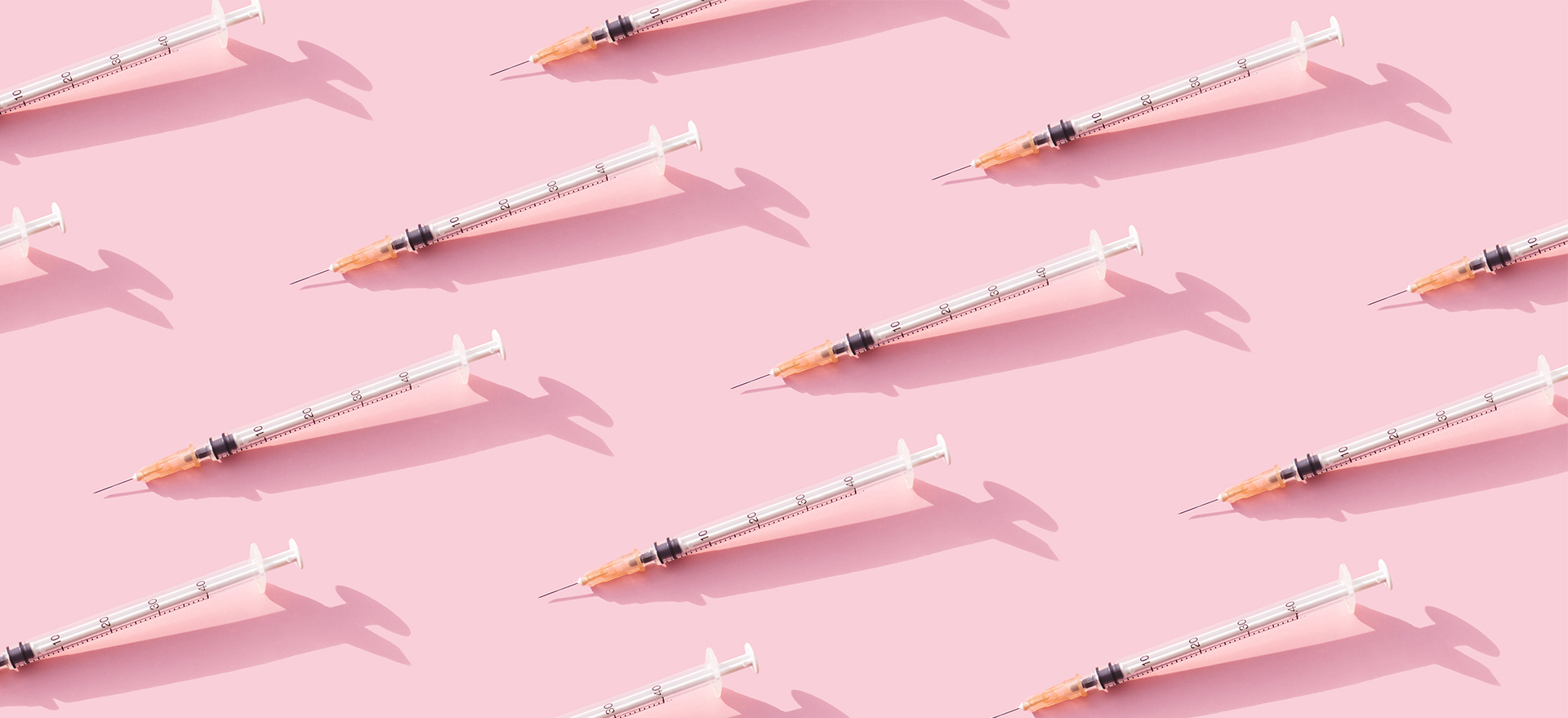Effectiveness through equitability
The global supply of COVID-19 vaccinations finally exceeds demand, but the world can only be in a position of pandemic preparedness if it can guarantee timely access for all
More than half a billion people have now been infected with COVID-19, putting it on a par with the 1918 influenza. Both pandemics have involved incredible suffering and hardship; however, far fewer people have probably died during this pandemic, largely thanks to vaccines. But to improve our response next time and stop future vaccine-preventable viruses, not only must vaccines be central to pandemic preparedness and response, but so too must equitable access to them. Two and a half years into this pandemic, with 2.7 billion people still not vaccinated, the virus continues to be a threat. Even now, the risk of resurgences and dangerous new variants still hangs over us. The lesson is clear: when it comes to vaccine equity, if we’re not prepared to protect people everywhere, we are not prepared at all.
Life is beginning to return to normal in most wealthy countries, where vaccine coverage is around 80% or above. Yet, although we have made huge progress with around 46% of people in low- and lower middle-income countries vaccinated with two doses, in many low-income countries – 18 at the last count – still under 10% of people have received two doses. Many countries are still struggling to get vaccines out to their citizens. That’s because these people are among the hardest to reach, often living in the most challenging and resource-poor settings. Reaching them requires additional support. To be most effective, this must be built into pandemic preparedness from the start. We cannot afford vaccine equity to be an afterthought.
COVAX, which is leading the global vaccination effort, has shown that much of what we need to achieve for vaccine equity – the infrastructure, resources, expertise and global health networks – existed before this pandemic and was built on the existing Vaccine Alliance with the addition of the Coalition for Epidemic Preparedness Innovations. The rest COVAX has created. By making sure all the necessary pieces were in place, from logistics, supply chain and cold storage to trained healthcare workers, data systems and the essential liability, indemnification and compensation safety nets, COVAX could roll out doses to lower-income countries just 39 days after they first became available in high-income countries.
Vaccines on track
Key to making this all possible was the fact that COVAX built on Gavi’s two decades of securing resources and deals, backed by innovative financing, to get doses to people who otherwise would not have access. It was thus able to rapidly mobilise and orchestrate the world’s largest, most complex global deployment of vaccines. It has now delivered nearly 1.5 billion doses to 145 economies. Nearly 90% of these – over 1.3 billion doses – have gone to the 92 lower-income countries that would have otherwise struggled to get access.
However, it has not been smooth sailing. At the start of the pandemic, COVAX lacked the necessary liquidity to secure precious commodities and invest in vaccines at risk, on par with high-income countries. We lost valuable time getting support and raising financing, which delayed our ability to make deals with manufacturers. We often found ourselves at the back of the line and, facing vaccine hoarding, export restrictions and delays in manufacturing, suffered supply shortages that hindered equitable access and, ultimately, prolonged the pandemic.
Now, with global supply finally exceeding demand, COVAX has continued to adapt, creating the Pandemic Vaccine Pool to protect its supply against future disruptions. This will ensure that it can continue to supply doses to lower-income countries even if global demand for vaccines suddenly increases, because of resurgences, new guidance or new variants. This kind of readiness is needed to help these countries achieve their national vaccination targets. It is what pandemic preparedness is all about: being prepared for any eventuality. The pool is an important model for preparedness more broadly.
To avoid a repeat of this crisis, pandemic preparedness needs, at its very core, the existing global health networks that make vaccine equity possible. These networks have already demonstrated their ability to respond rapidly and operate at risk during a crisis. Often, this will also avoid duplication. Gavi is already vital in pandemic preparedness, with more than 70% of its regular budget during inter-pandemic periods supporting creating resilient health systems and delivering vaccines to prevent epidemic diseases. Given the additional challenges of accessing the hardest to reach – challenges we have faced head on in the fight against COVID-19 and in our routine programmes – there is also a need for pandemic financing tools designed with the specific purpose of achieving vaccine equity and building the systems to end the pandemic.
So, as global leaders start mapping out future pandemic preparedness and response, and how to fund it, vaccine equity and a commitment to protecting the hardest to reach must be at its beating heart. Because the only effective response is an equitable response.












